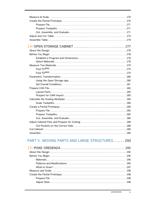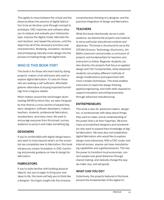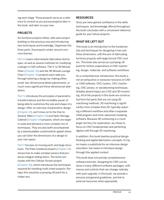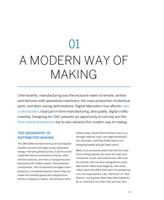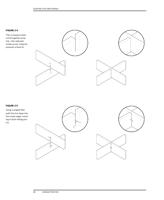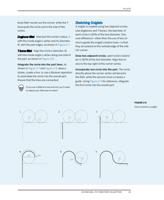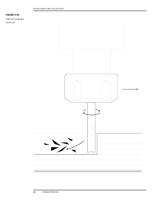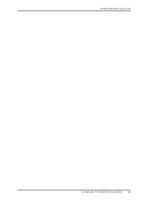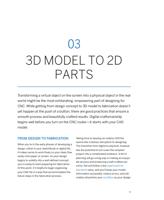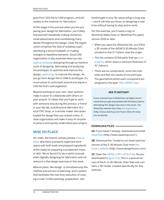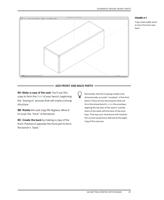
FILE SETUP FOR DESIGN
FIGURE 4-2
Underlay that repre-
sents a plywood sheet,
used to lay out cut file
DRAW THE CUT SHEET UNDERLAY
2A: Make Layer0 the current layer.
2B: Draw a two-dimensional 4′ × 8′ box (1220
mm × 2440 mm × 19 mm) on Layer0. This box
(shown in Figure 4-2) is an example of an
underlay. It represents the boundaries of a ply-
wood sheet. It also orients you to the scale of
the material relative to the size of the bench
and its individual parts.
2C: Group the box and then move it to
000_Bench under. Now that it’s on its own
layer, you’ll be able to turn it off while you work.
WORKING WITH SKETCHUP GROUPS
It’s critical to always group and name newly created
geometries. SketchUp’s interface depends upon
groups to organize and maintain your model’s
geometry. Ungrouped edges and faces, called loose
geometry, will interfere with and merge with other
edges and faces. Subsequent instructions won’t
specifically tell you to group. When modifying a
group, first open the group for editing by right-
clicking and selecting Edit Group. See Grouping
Geometry (http://help.sketchup.com/en/article/
3000120) for more about handling groups.
Don’t omit this step. Besides serving as a use-
ful underlay, this box is ultimately used to set
up the cut file (explained in Chapter 3) and
will be imported into VCarve. It also serves as
a reference for scaling and troubleshooting,
and will be quite helpful for comparing the
size of your design relative to the size of a cut
sheet.
04/GETTING STARTED WITH DESIGN
91













